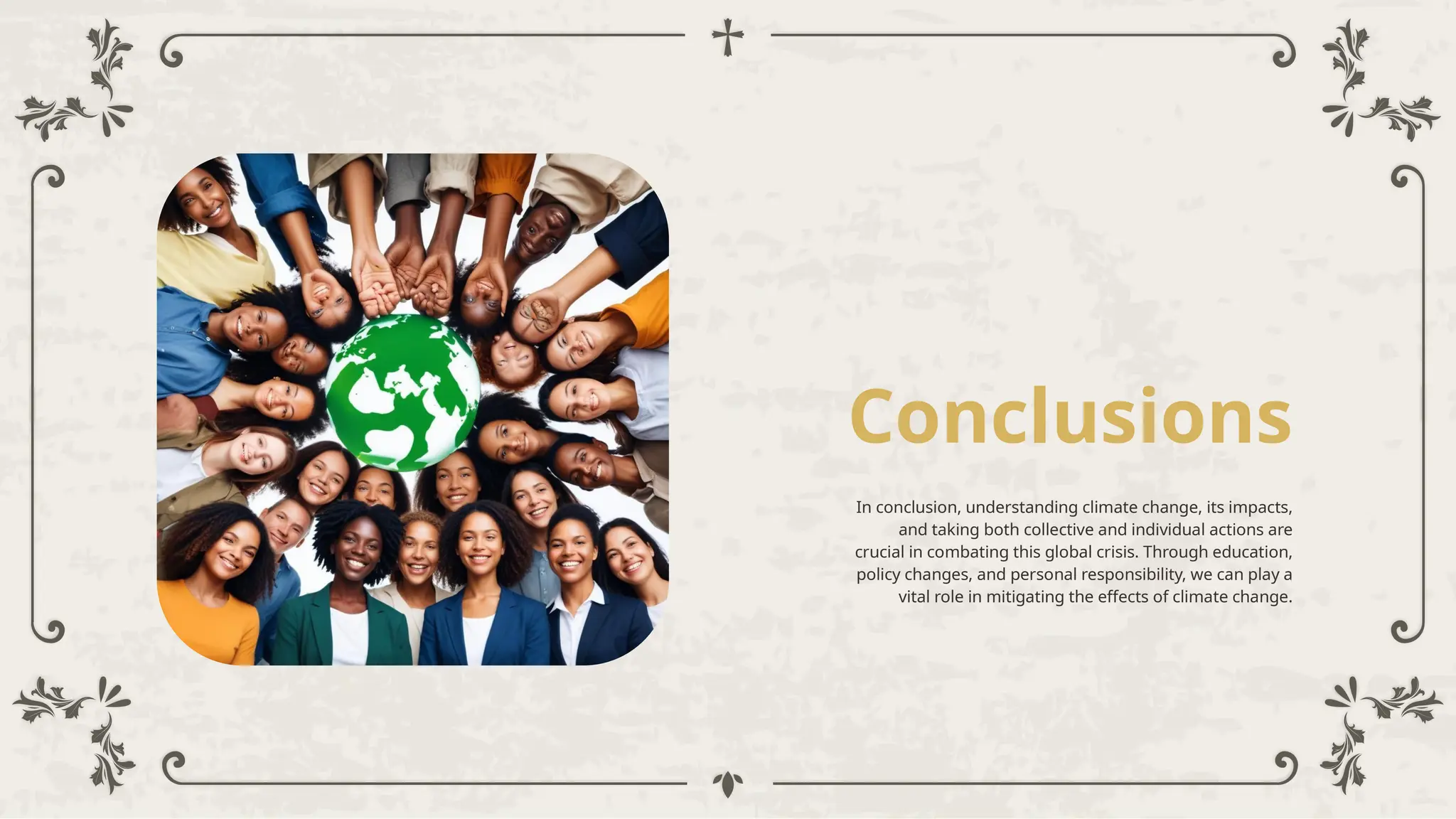Direct License file Link Below👇
https://dr-up-community.info/
CCleaner Professional Key is the number one tool for cleaning Windows PCs. The CCleaner pro crack is a free system optimization, privacy and cleaning tool. It removes unused files from the system, allowing Windows to run faster and free up valuable hard disk space.























